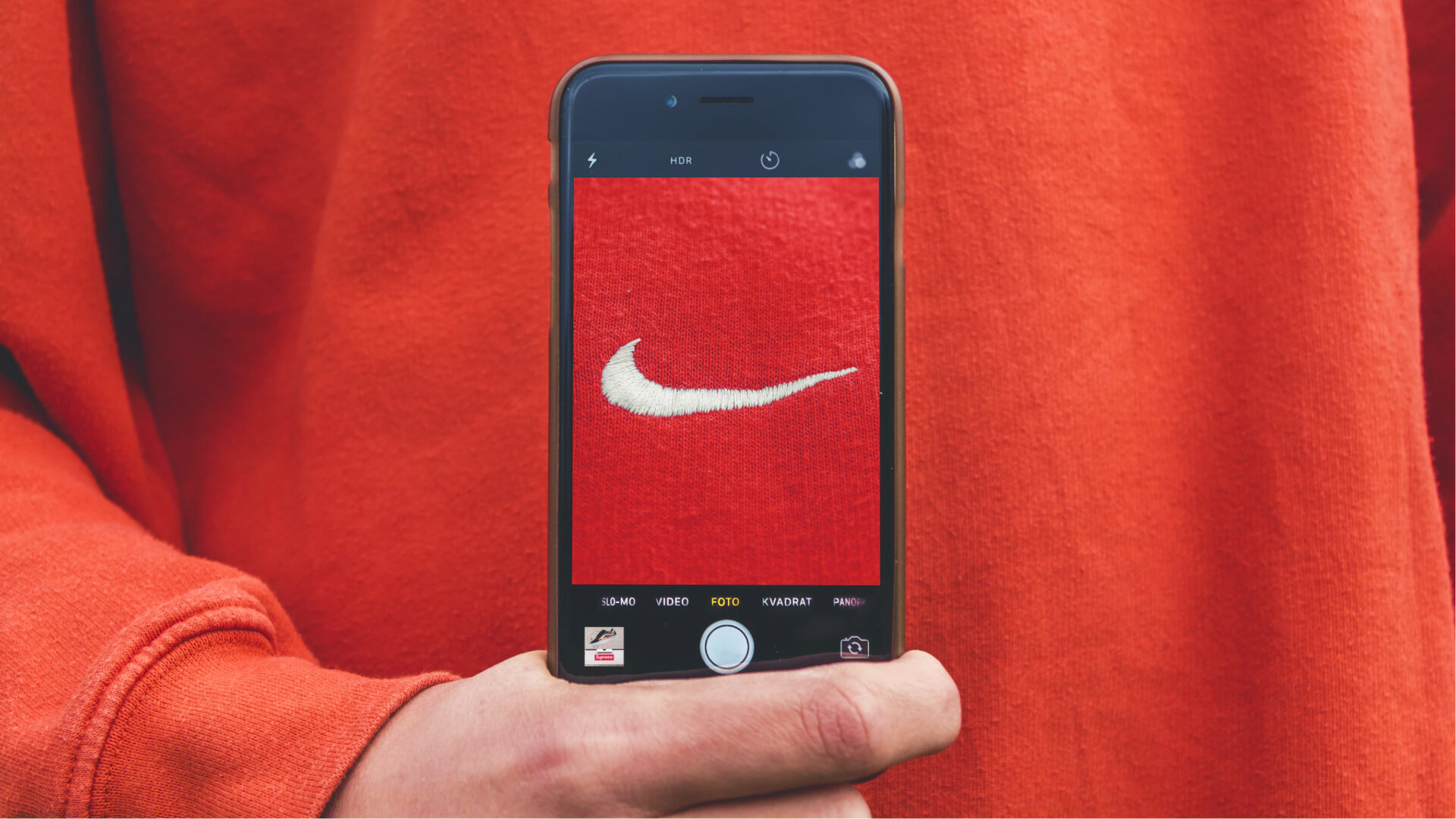
Why turning customers to ambassadors is key to your success
The golden goal for all apps, SaaS services, trendy clothing brands or vegan restaurants is to get their users or customers to recommend them to other people as well as sharing something of the brand or product on their social channels.
The reason for that is pure economics.
Instagram have about 1.5 billion users today. If they had paid to acquire every user and had a CAC (Customer Acquisition Cost or in this case UAC or User Acquisition Cost) of let’s say 50 USD that would have been a cost of 75 billion USD to get their user base. And doing that through ads would be almost impossible as it would saturate the ad market with their message probably pissing people off in the process.
Most investors or companies would also not like that their new venture totally relies on paid user acquisitions.
SaaS companies on average have a CAC of about 200 USD which might be fine if you can earn 10 times that on each customer. But it’s still a cost you would like to lower. Financial services have an average CAC of about 600 USD. Quite a lot of money but there is also less churn and the value is high over the years.
When starting out it can be OK with a higher CAC. But if you are running any kind of modern digital product or starting a brand you want to get the CAC to a very low point or even zero after the initial launch period.
So how do you do that?
There really is two “simple” ways of getting your CAC lowered.
- Get your current users or customers to actively recommend your product and invite other users or customers to try it.
- Get your current users or customers to share something from your product or brand outside your environment/app/website to spread awareness and entice people to try it. This is a kind of second hand or unintentional recommendation.
OK, so how do you accomplish this?
It’s really hard to create a formula och recipe for viral growth. But some of the ingredients are this:
- Create a really useful and great product that people want. Yes, it can be that simple. To test this a good thing is to practice what you preach.
- Create an inspiring, fun and original brand that communicates directly with a specific target group and not with “everyone”. Making the brand part of your identity when belonging to this group. I think Oatly and Supreme are good example of this. Apple and Nike are off course huge examples of this.
- Ask people to recommend or share your product. It doesn’t hurt if you do it in a nice way.
- Make it really easy to recommend or share your product. Build a simple function for it.
- Create an incentive for your users or customers to inviting their friends. It can be that the product experience becomes much better. But try to stay away from pure financial incentives as that can create an artificial sharing situation that will stain your brand and make it harder to get real recommendations. A good example is Dropbox who gave away extra storage both to you and your friend as a thank you when you invited someone. If you do the gamification correct the incentive can even be pure fun. Just a badge or virtual score of some kind.
- Make it really fun to share content or you can even make it into part of the product. Like Spotify have done with Spotify Wrapped.
- Encourage community building. If it’s a digital product make your customers or users talk to each other or work together. The social aspect encourages inviting more people into the experience as that makes it better. Creating a self playing piano. Like Instagram or BeReal have done. This can be applied to a lot of other areas. Not only typical social apps. Figma is a good example of that as well.
- Be the expert. If you pick an area that is niche enough and become the expert authority on it you become top of mind. So the next time someone thinks of the niche or have a question they will naturally think of you.
- Hire some paid ambassadors or influencers to influence others to become ambassadors. This is a risky strategy but could work well if executed properly.
- Create an artificial limitation like exclusive invites. This can work in the beginning when launching but is hard to keep when you grow as the exclusiveness wears off. Clubhouse managed to pull this off for a while.
- Create a waitlist. It requires that your product is very unique and in demand but can create some buzz and get people to talk about it and share it. I think the Tesla Cybertruck launch worked well there. Tesla got more than 500 000 pre-orders for a truck that no one had seen and that still isn’t in production.
- Build in ahaa moments into your product. Where the user or customer is surprised by something fun, weird or visually interesting. Create a photo opportunity if you have a physical product or space. Or create a fun or “secret” feature that people talk about if you have a digital product. A silly example of this is the fart noise generator included in every Tesla.
What you need to do is try some of the things above as experiements and see what works for your particular brand or product and how you should approach it.
Create your own growth mix and see how your CAC goes down and your usage or revenue goes up.
But remember no matter what growth actions you take your core product needs to be good and live up to the buzz you create.
If you found this post useful. Please share it : )


